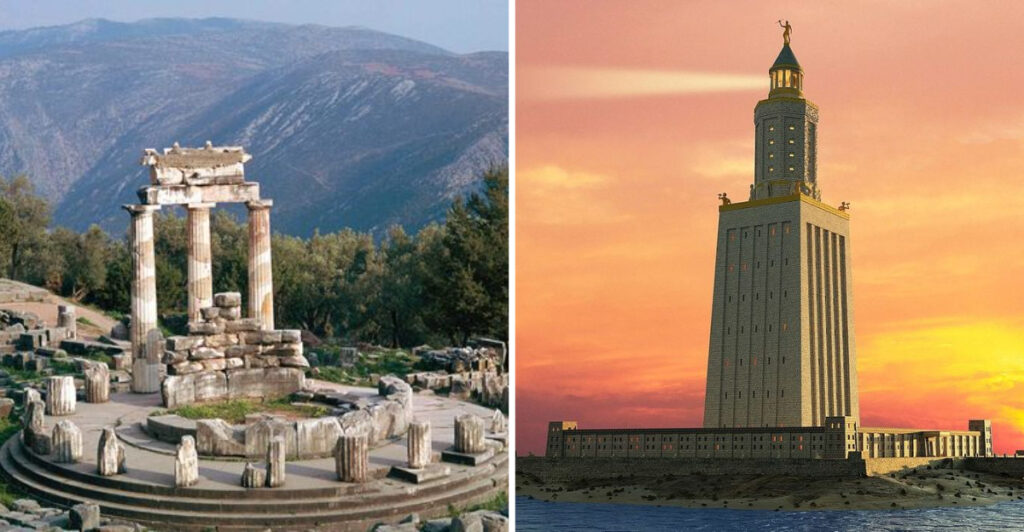For centuries, ancient wonders have captured human imagination with their grandeur and mystery. Recent scientific discoveries have unveiled a fascinating connection among 15 renowned ancient wonders, revealing insights that are as intriguing as they are enlightening. Among these, seven are particularly captivating, each with its unique story and the hidden link that binds them. This blog post delves into these seven wonders, unraveling the secrets that science has uncovered and the marvels that continue to inspire awe today.
The Great Pyramid of Giza
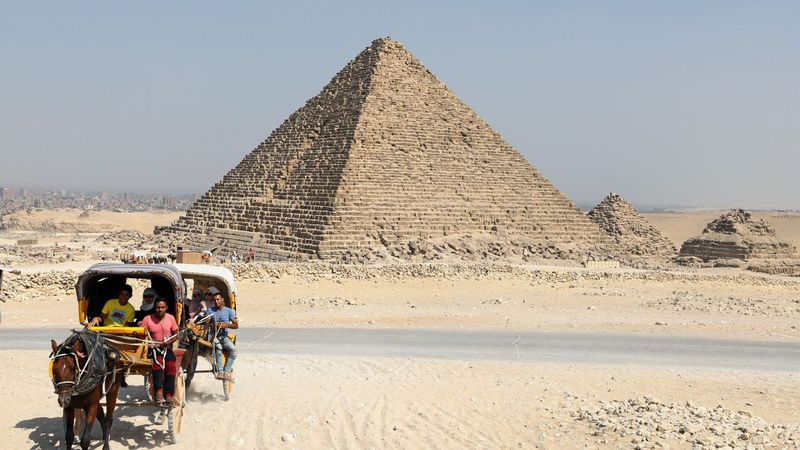
Standing tall with an aura of triumph, the Great Pyramid of Giza mesmerizes all who gaze upon it. Built around 2560 BC, it has fascinated archaeologists with its precise alignment to cardinal points. Did you know? The pyramid’s sides are aligned almost exactly with the four cardinal directions. Such precision raises questions about the ancient Egyptians’ understanding of geometry and astronomy.
Recent studies suggest that its position may hint at a celestial connection, aligning with stars. This extraordinary alignment continues to intrigue scientists, offering insights into ancient engineering marvels and their hidden links to the cosmos.
Stonehenge
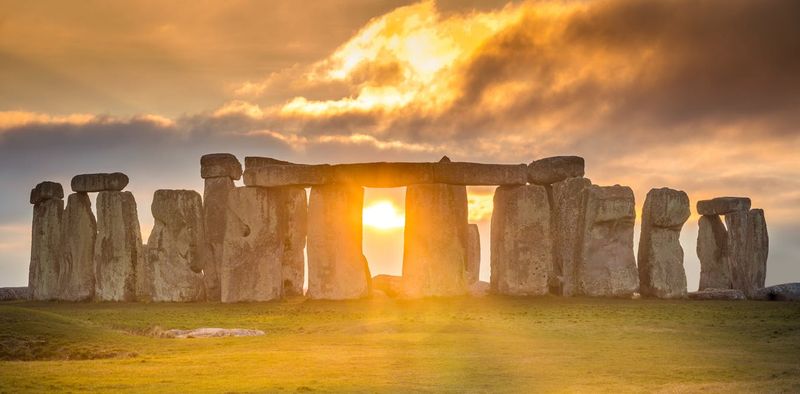
Beneath the misty skies of Salisbury Plain, Stonehenge stands as a monument to Neolithic ingenuity. Its massive stones, some weighing over 25 tons, form a circle whose purpose has been widely debated. What makes Stonehenge even more fascinating is its alignment with the solstices.
Experts believe it served as an ancient calendar, marking time with the sun. This celestial connection ties it to other ancient wonders, suggesting a shared understanding across cultures. Stonehenge’s enigmatic presence continues to be a subject of study, revealing more about our ancestors’ connection to the universe.
The Colosseum

Majestic and enduring, the Colosseum in Rome is a testament to ancient Roman engineering. Known for gladiatorial combat, its elliptical structure is more than entertainment; it’s a masterpiece of architectural innovation. The Colosseum’s design reveals a hidden link to other wonders through its complex system of vaults and arches.
Recent studies highlight these structural similarities, showing that ancient architects shared techniques across continents. This shared knowledge underscores a rich tapestry of cultural exchange, emphasizing the interconnectedness of ancient civilizations. It stands as a symbol of human ingenuity and the unifying quest for architectural excellence.
The Statue of Zeus at Olympia
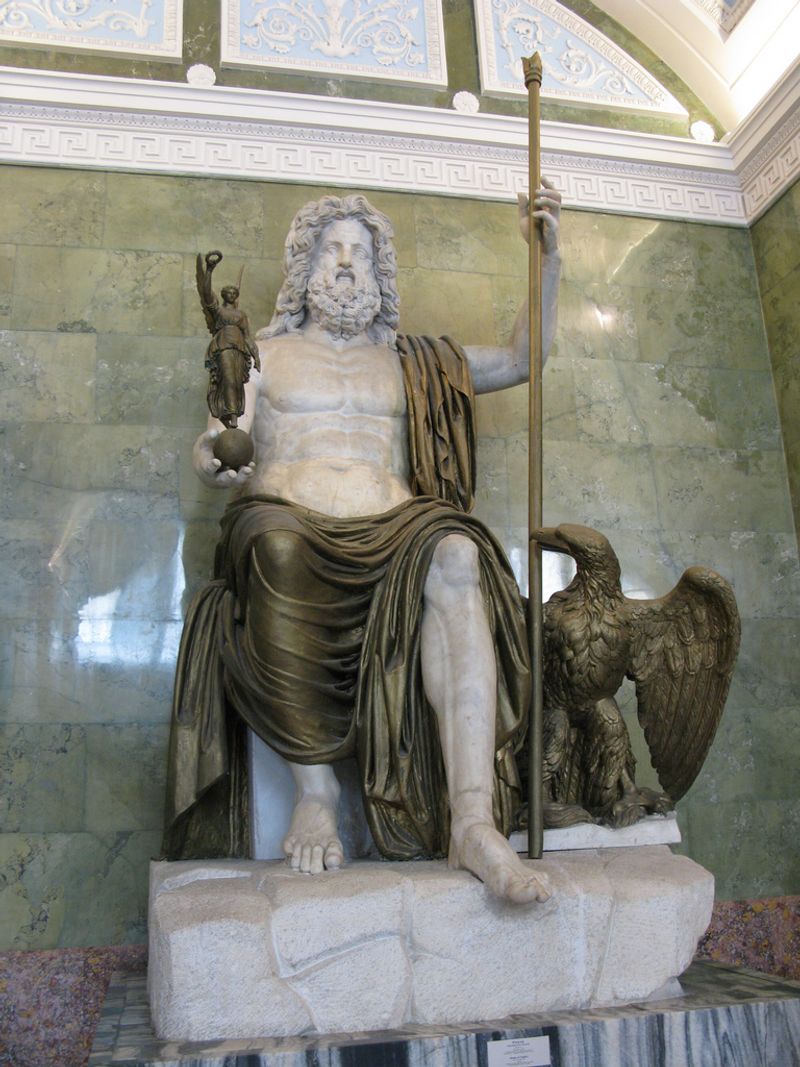
Sitting majestically on his throne, the Statue of Zeus at Olympia was a marvel of ancient sculpture. Crafted by the famed sculptor Phidias, it embodied the Greek ideal of divine beauty. Its grandeur connects it to other wonders through artistic mastery and cultural symbolism.
Zeus’s statue not only celebrated the king of gods but also represented the Greek pursuit of perfection and harmony. This artistic link resonates across time, highlighting shared values with other ancient cultures. Though the statue no longer exists, its legacy endures as a symbol of artistic excellence and cultural exchange.
The Lighthouse of Alexandria
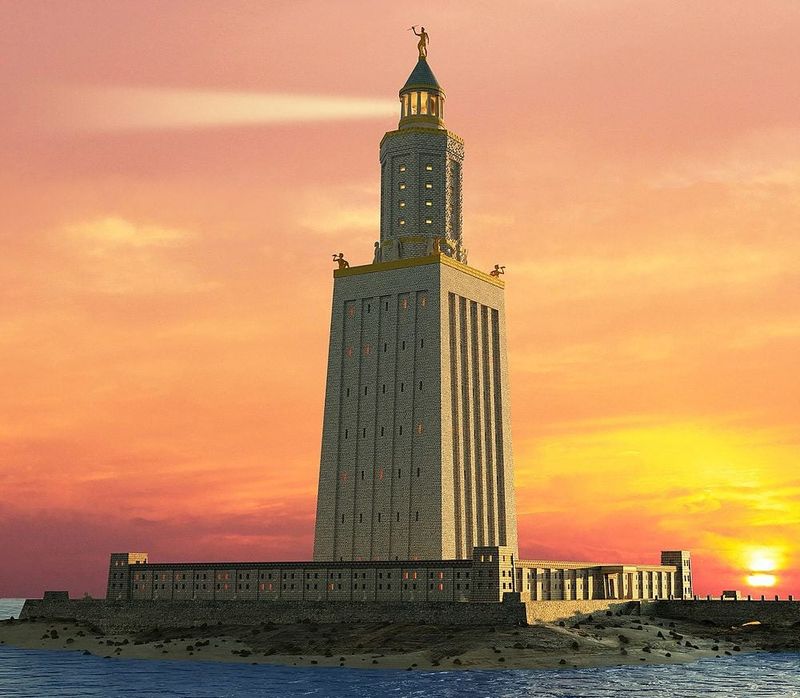
Guiding sailors through treacherous waters, the Lighthouse of Alexandria was a beacon of safety and innovation. Standing at the harbor’s edge, it symbolized navigation and discovery. Its towering presence connects it to other wonders through shared themes of exploration and human ingenuity.
Many consider it a precursor to modern lighthouses, illustrating the universal need to conquer nature’s challenges. This connection underscores humanity’s timeless quest for knowledge and exploration. Though it succumbed to earthquakes, the lighthouse’s legacy remains a guiding light for understanding ancient accomplishments.
Machu Picchu
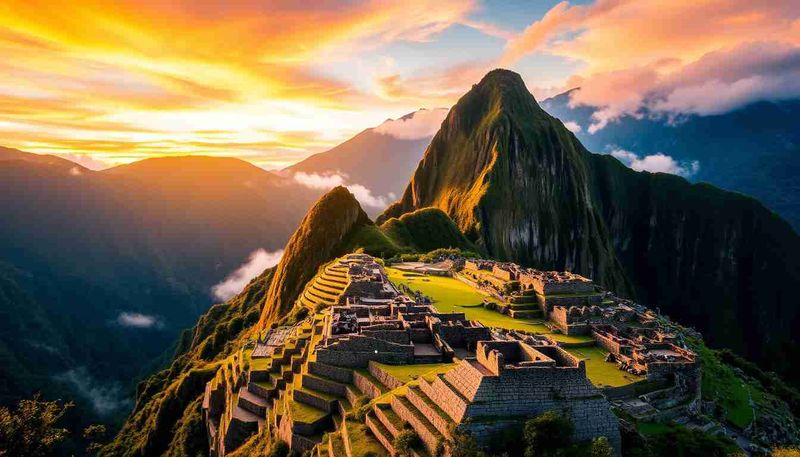
Perched high in the Andes, Machu Picchu evokes wonder and mystery. Once a royal estate, its precise stonework and astronomical alignments connect it to other ancient wonders. How did the Inca achieve such engineering feats without modern tools?
Recent research suggests that Machu Picchu’s location and design reflect a profound understanding of astronomy and landscape. This shared knowledge offers insights into the interconnectedness of ancient civilizations. Machu Picchu stands as a testament to human creativity, symbolizing the seamless blend of nature, architecture, and spiritual wisdom.
Petra
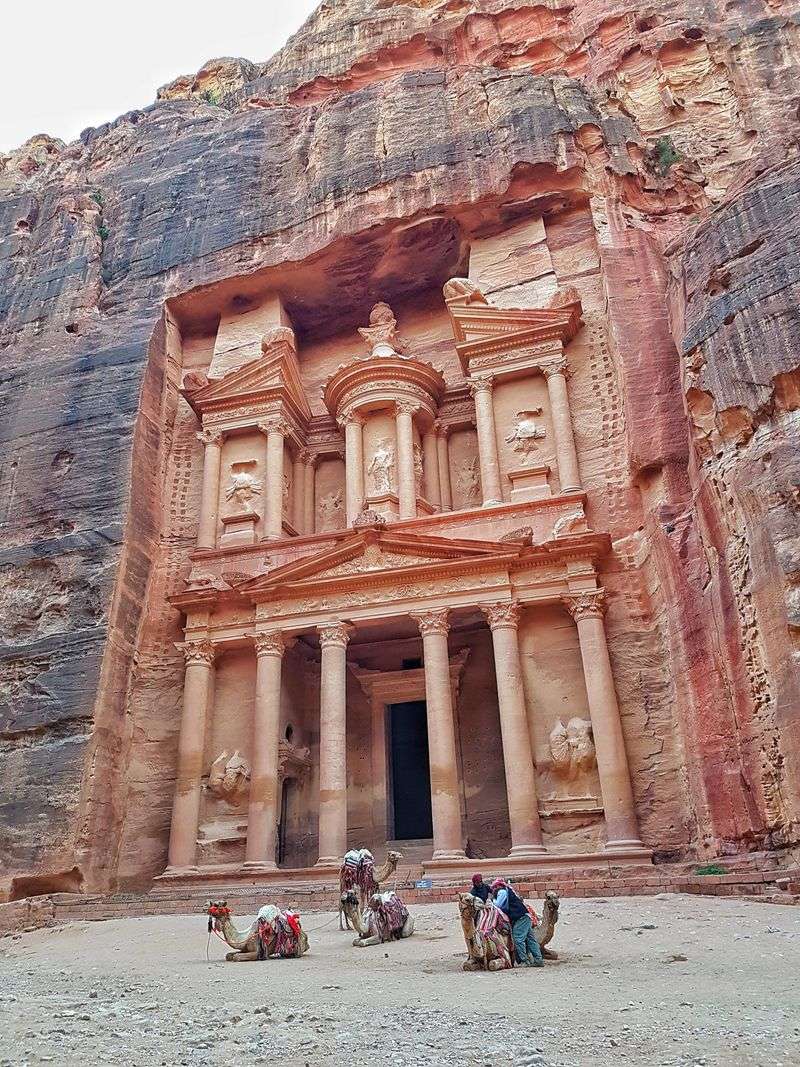
Carved directly into vibrant red sandstone cliffs, Petra stands as a testament to the ingenuity of the Nabataeans. This ancient city, hidden for centuries, was once a bustling trade hub.
Petra’s intricate architecture, especially the renowned Treasury, reflects a blend of Hellenistic and Eastern traditions. Its strategic location on trade routes contributed to its wealth.
Recent studies suggest Petra had sophisticated water management systems, crucial for its survival in the arid desert. The city’s alignments with celestial events reveal a connection with ancient astronomical practices.
The Temple of Artemis at Ephesus
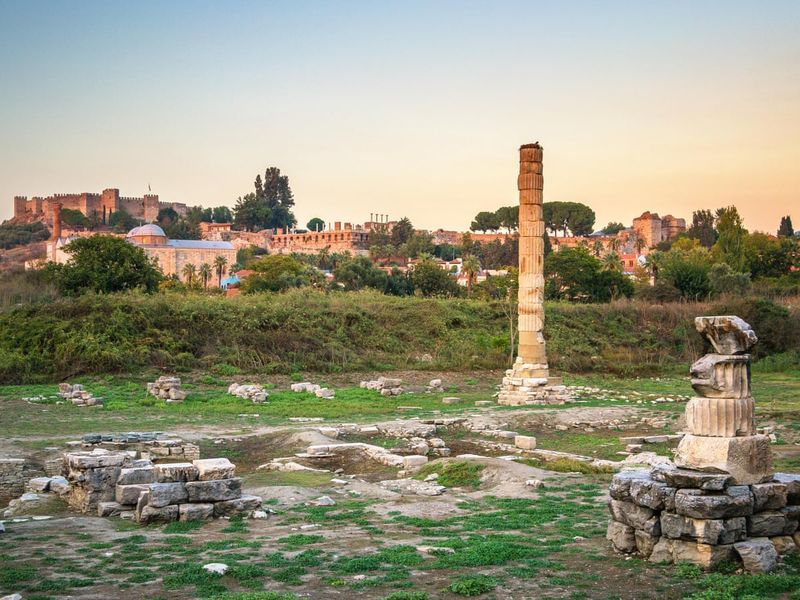
The Temple of Artemis at Ephesus was one of the Seven Wonders of the Ancient World. Though now in ruins, it once symbolized grandeur.
Dedicated to the goddess Artemis, the temple was a major religious center. Its columns and sculptures showcased artistic excellence.
Archaeologists have discovered connections between this temple and other ancient sanctuaries. Its orientation aligns with significant astronomical events, indicating advanced knowledge of celestial movements.
The Mausoleum at Halicarnassus
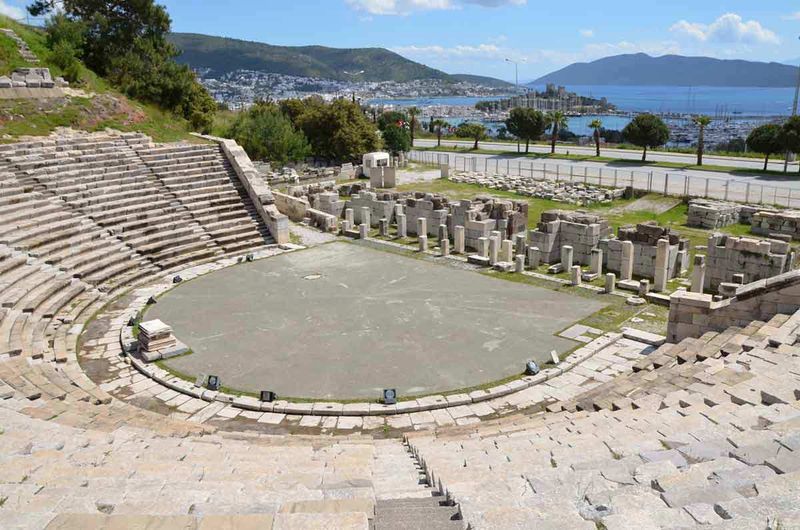
Built for Mausolus, a Persian satrap, the Mausoleum at Halicarnassus epitomized architectural innovation. Its towering presence blended Greek, Egyptian, and Lycian influences.
The structure’s reliefs and statues were masterpieces of Hellenistic art. Despite its destruction, remains hint at its magnificence.
Studies reveal alignments with celestial bodies, suggesting an underlying symbolic connection. The mausoleum’s design influenced future tombs and structures globally.
The Great Wall of China

Spanning thousands of miles, the Great Wall of China is an iconic symbol of ancient fortification. Built to protect against invasions, it evolved over centuries.
Its construction involved diverse materials and techniques, showcasing regional adaptations. The wall’s watchtowers facilitated communication across vast distances.
Studies reveal that sections of the wall align with lunar standstills, indicating an understanding of astronomical cycles. This connection highlights the wall’s multifaceted role in history.
The Acropolis of Athens
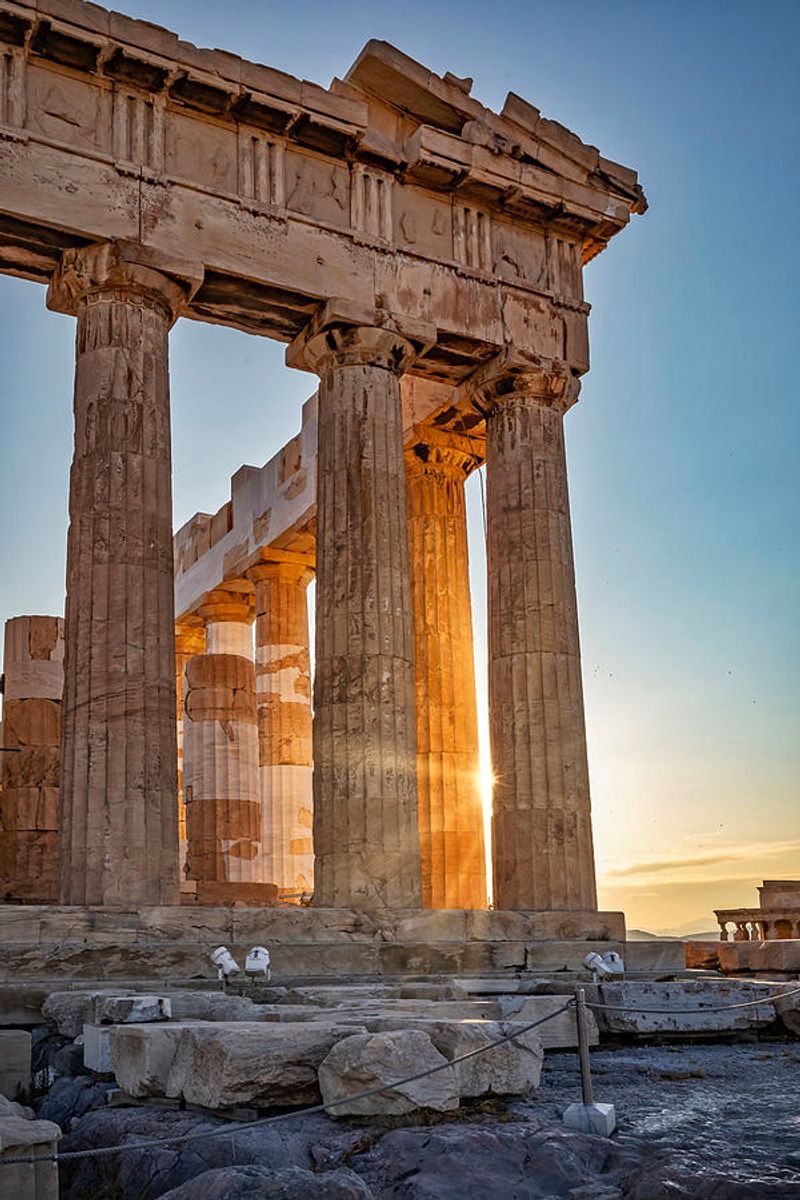
The Acropolis of Athens, crowned by the Parthenon, symbolizes ancient Greek civilization. Perched on a rocky hill, it served both religious and cultural purposes.
The Parthenon’s design embodies mathematical precision and artistic brilliance. It honored Athena, the city’s patron goddess.
Archaeological research reveals that the Acropolis was a center for astronomical observations. Its temples align with solstices and equinoxes, reflecting a deep connection with celestial phenomena.
The Alhambra

Nestled in Granada, the Alhambra is a masterpiece of Islamic art and architecture. Its palaces and gardens evoke a sense of harmony and beauty.
Constructed by the Nasrid dynasty, the Alhambra showcases intricate stucco work and calligraphy. Its courtyards offer tranquility amidst grandeur.
Astronomical alignments within the Alhambra suggest a celestial connection. The palace’s architecture reflects an understanding of cosmic cycles, linking it with other ancient wonders.
The Terracotta Army
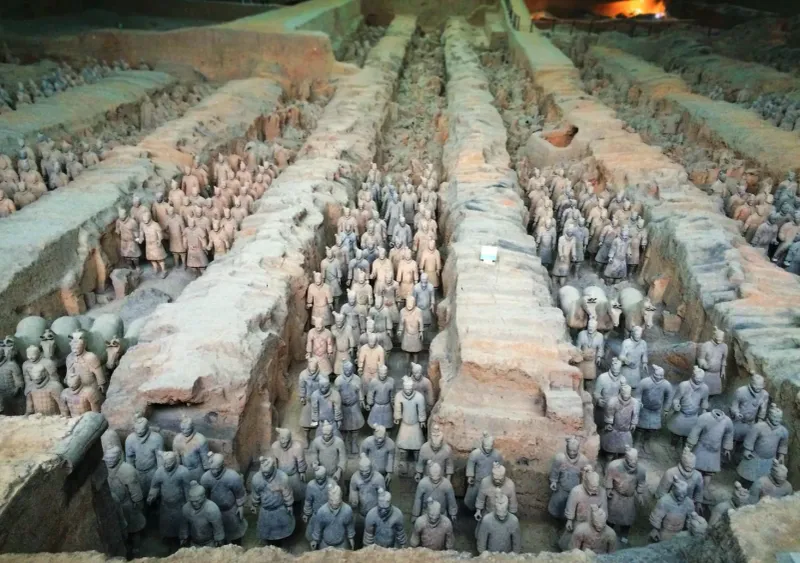
Discovered in Xi’an, the Terracotta Army guards the tomb of China’s first emperor, Qin Shi Huang. Each warrior is unique, reflecting individual craftsmanship.
The army represents military might and the emperor’s quest for immortality. Their arrangement suggests strategic planning.
Recent studies propose that the layout aligns with celestial patterns, indicating a cosmic connection. This discovery adds a new dimension to the army’s historical significance.
Angkor Wat

Angkor Wat, a sprawling temple complex in Cambodia, is a testament to Khmer architecture. Originally a Hindu temple, it later became a Buddhist site.
The temple’s layout symbolizes the universe, with central towers representing Mount Meru. Its bas-reliefs narrate epic tales.
Astronomical alignments within Angkor Wat reveal a connection with celestial events. The temple’s orientation enhances its spiritual significance, linking it to other ancient wonders.
The Oracle of Delphi
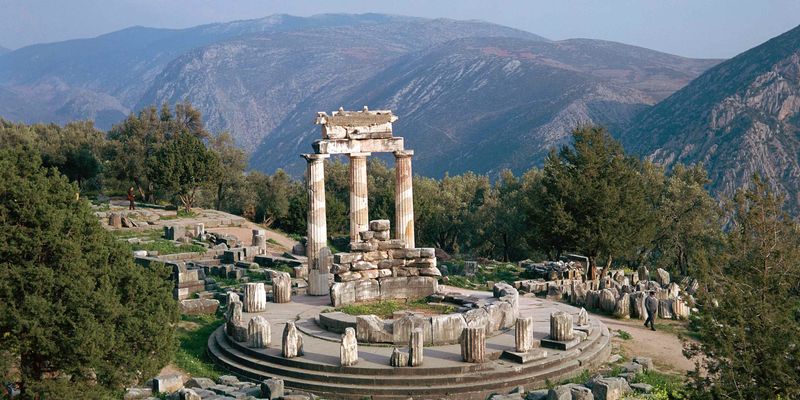
In ancient Greece, the Oracle of Delphi was revered as a conduit to the divine. People from all corners of the world sought her cryptic prophecies. Legends speak of her trance-like state and mysterious utterances. How did she predict events with such precision?
Recent studies suggest that geological features may have played a part. The temple was built over a fault line, releasing intoxicating gases that possibly induced her visions.
This intriguing blend of spirituality and science challenges our perception of ancient wisdom.
Did you know? The Oracle’s words shaped major decisions, influencing wars and founding cities.

